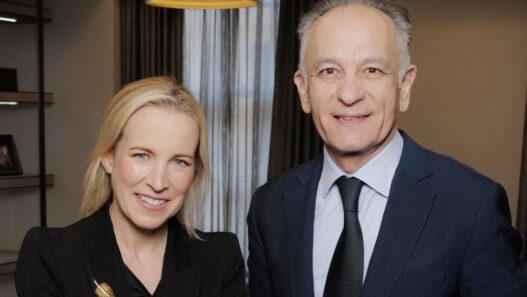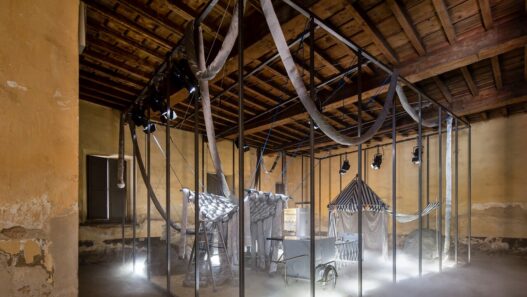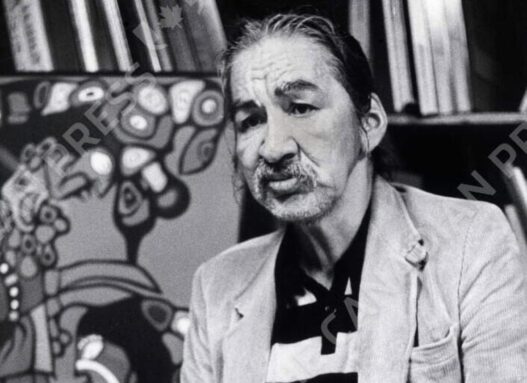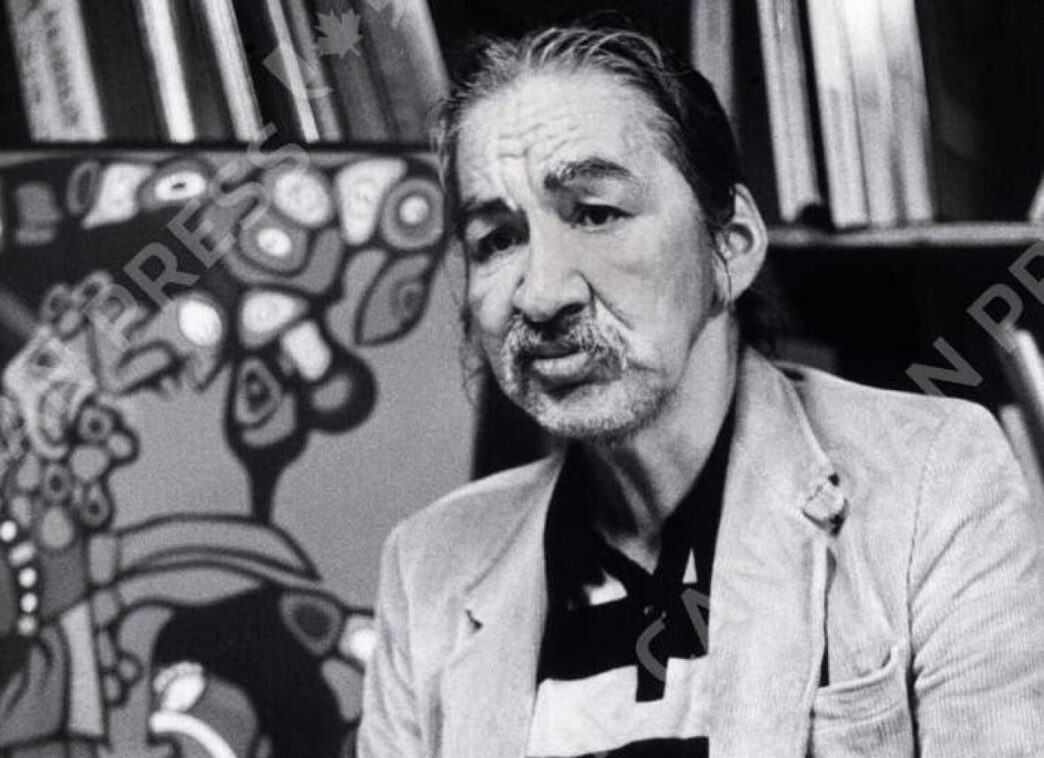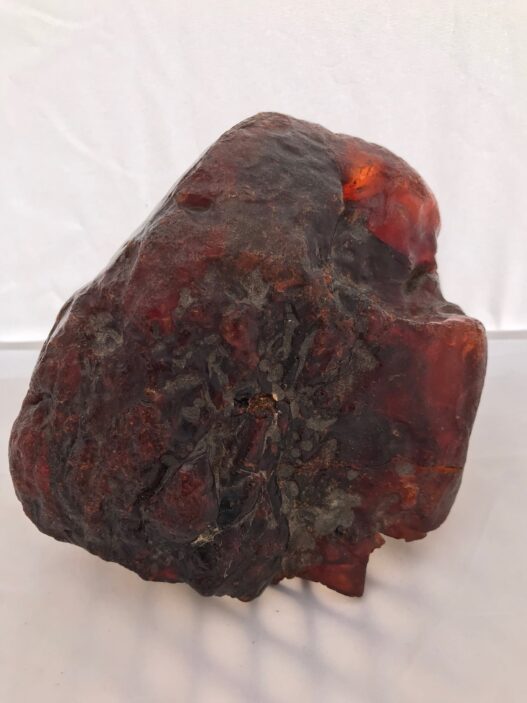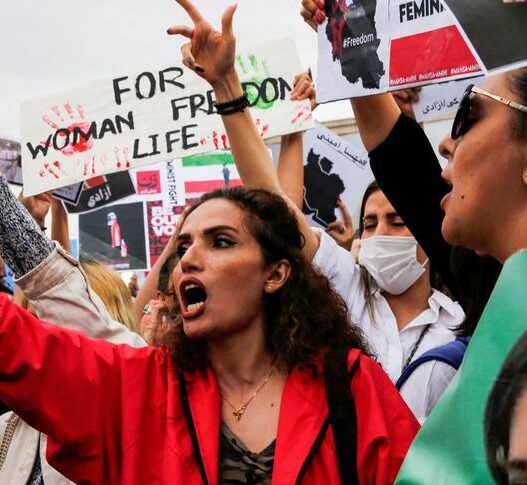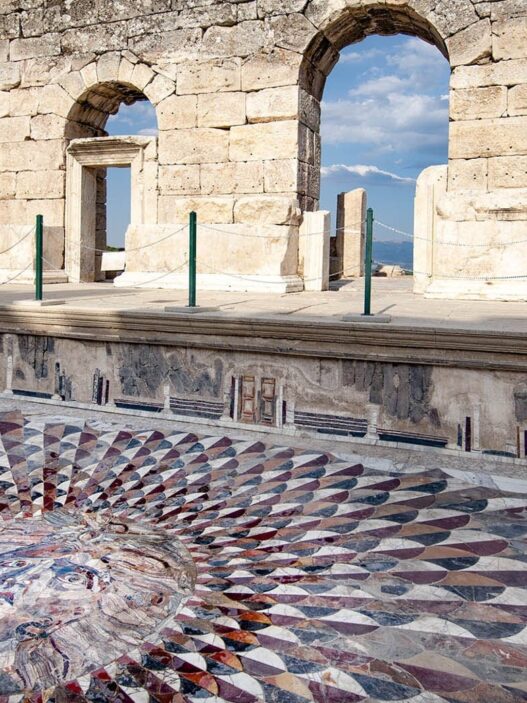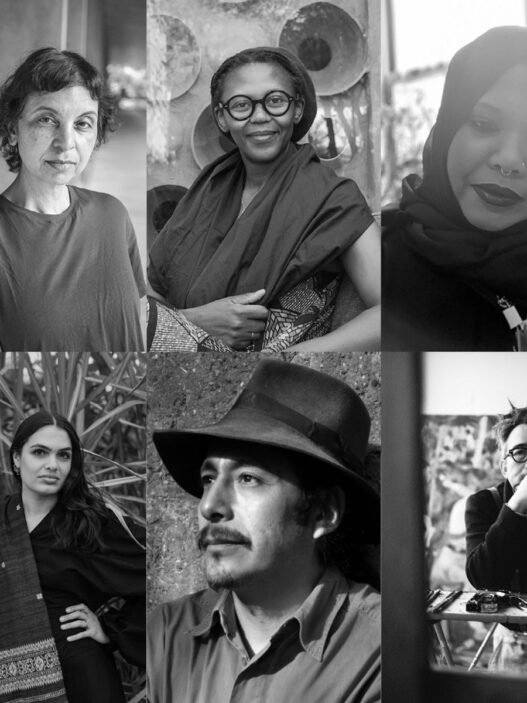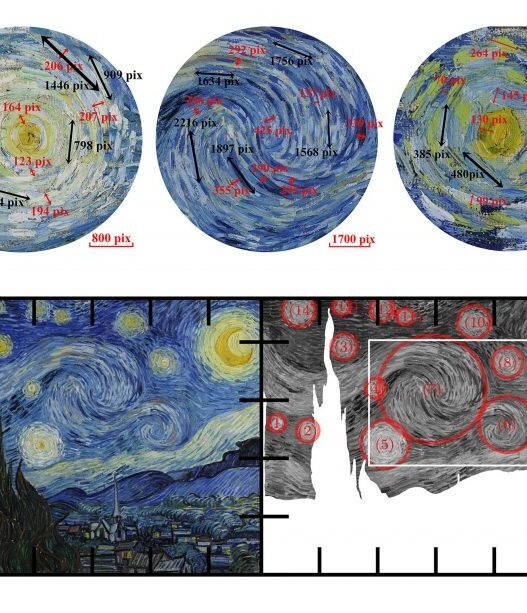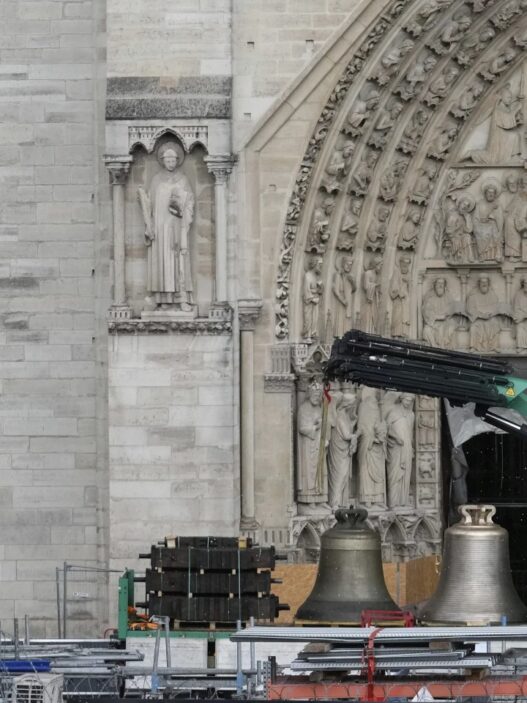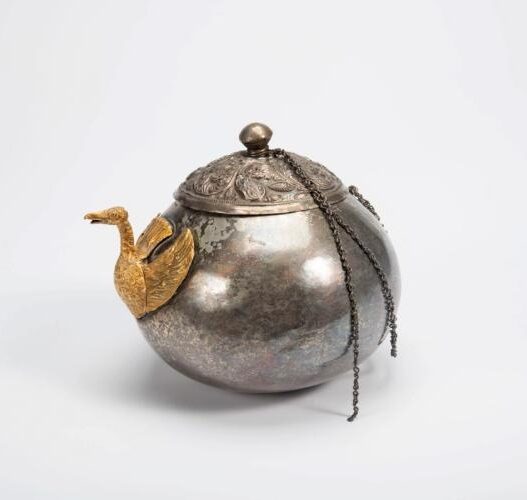David John Voss, a Canadian art forger, has been sentenced to five years in prison for creating thousands of fake artworks attributed to the renowned Indigenous artist Norval Morrisseau. The fraud, which operated out of Thunder Bay, Ontario, between 1996 and 2019, is believed to be the largest art fraud investigation in Canadian history, resulting in more than 1,000 forged paintings being seized.
A Tarnished Legacy
Voss, who pleaded guilty in June 2023, was handed his sentence by Superior Court Justice Bonnie Warkentin. The court heard how Voss organized a production line of counterfeit paintings, involving several other accomplices who would follow his “paint-by-numbers” style process. Voss would draw initial outlines for the fake artworks and direct painters on how to fill in specific areas. This assembly-line method produced numerous fake works falsely attributed to Morrisseau.
Norval Morrisseau, a highly celebrated Indigenous artist and founder of the Woodlands School of Art, passed away in 2007 at the age of 75. His artwork, known for its deep spiritual themes and connection to Ojibwe culture, is cherished across Canada and beyond. However, the creation and sale of these fraudulent pieces have done irreparable harm to his legacy, tainting the authenticity of his body of work.
Warkentin emphasized the broader damage of the crime, stating, “The legacy of Norval Morrisseau has been irrevocably damaged. His spirituality has been undermined and tarnished, so today, we have one small opportunity to address this wrong.” Morrisseau’s work was not only about visual representation but also carried immense cultural and spiritual significance for the Bingwi Neyaashi Anishinaabek community.
The Scope of the Fraud
Voss was one of several individuals charged in relation to the art fraud, which included accomplices such as Gary Lamont and Benjamin Paul Morrisseau (no relation to Norval Morrisseau). Lamont, described as the “ringleader,” had previously been sentenced to five years in prison, while charges against others are still pending. Lamont’s operation involved producing and selling the fraudulent artworks for significant profits, further misleading buyers and collectors.
Despite the prosecution’s decision not to seek restitution due to the complexity of the case, Cory Dingle, the executive director of the Morrisseau estate, spoke about the tremendous financial losses incurred by the estate, which amount to an estimated $100 million. The estate faces an uphill battle in restoring the value and credibility of Morrisseau’s original works. Dingle stated, “We seek restitution for the financial damages and ongoing financial burden of the cleanup, but also recognition of the holistic impact this fraud has had on Norval Morrisseau’s legacy, the estate, and the cultural heritage of Canada.”
Impact and Consequences
The scandal has prompted calls for changes to Canada’s legal framework concerning art fraud. Dingle highlighted the need for revisions to the Criminal Code, civil laws, and the Copyright Act to prevent future incidents of art forgery and offer tools for cleaning up the aftermath of such crimes.
The legacy of Morrisseau has been dealt a severe blow, and art experts warn that it could take decades for his authentic artworks to regain their rightful status in the art market. Moreover, the impact of the fraud extends beyond monetary value, as the cultural and spiritual heritage embedded in Morrisseau’s work has been compromised.
The Road to Healing
Voss’s sentencing represents a small measure of justice in a complex case that has rattled the Canadian art scene. For Morrisseau’s estate and the larger Indigenous art community, the challenge ahead lies in the recovery of lost value, trust, and cultural respect. Restitution efforts are ongoing, and as Morrisseau’s works gradually return to galleries and collectors, the focus remains on preserving the integrity of his legacy.


